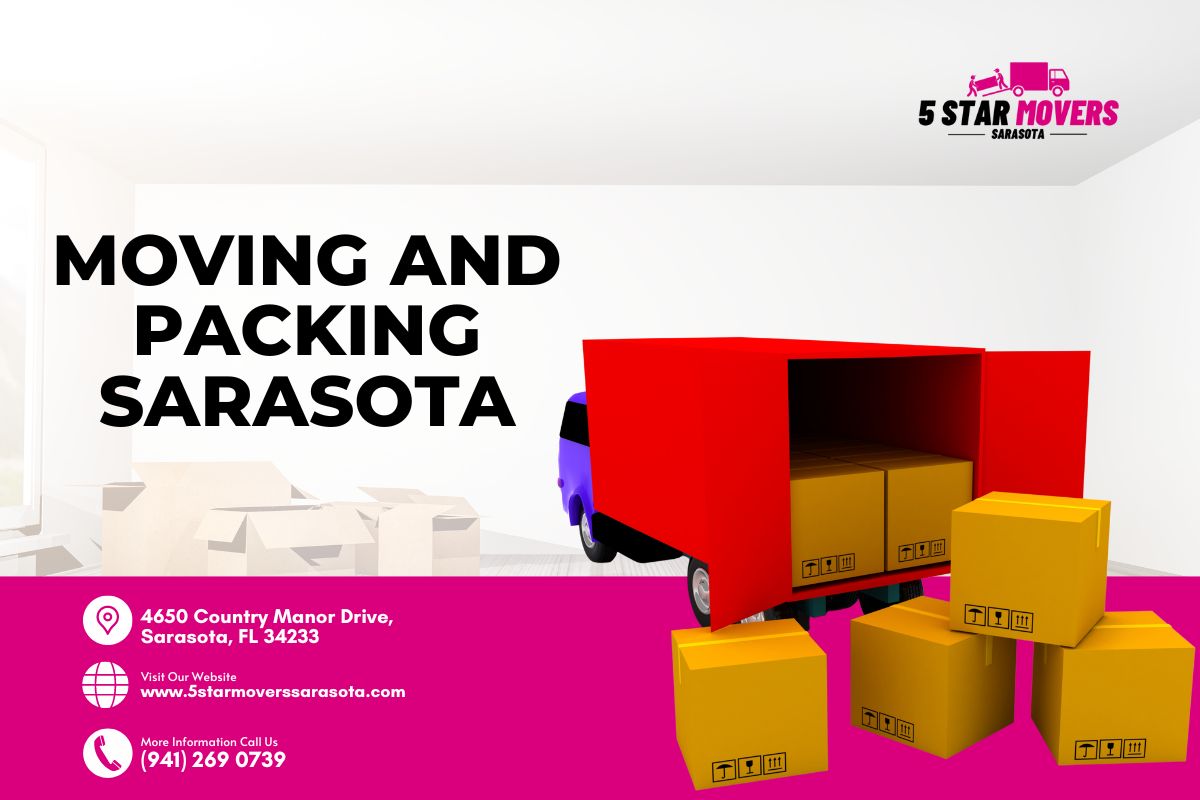


Introduction
Moving into a new office space can be an exciting time for any business. However, it can also be a daunting task to plan and execute an efficient furniture layout that maximizes productivity and creates a comfortable work environment. In this article, we will discuss the steps involved in planning http://fernandopitt553.fotosdefrases.com/packing-and-unpacking-services-streamlining-your-relocation-process and executing a successful furniture layout for your new office space. We will provide tips and strategies to help you make the most of your office moving experience and ensure that your furniture is arranged in a way that promotes productivity and collaboration.
Why is an Efficient Furniture Layout Important?
Before diving into the details of planning and executing a furniture layout, it's important to understand why this aspect of office design is so crucial. An efficient furniture layout can have a significant impact on employee productivity, workflow, and overall satisfaction. Here are some key reasons why you should prioritize optimizing your office furniture arrangement:
Maximize Productivity: A well-designed furniture layout can help employees work more efficiently by reducing distractions, improving accessibility to essential tools and equipment, and creating organized workstations.
Promote Collaboration: The right furniture arrangement can encourage collaboration among team members, making it easier for them to communicate, share ideas, and work together on projects.
Enhance Employee Well-being: A comfortable and ergonomic workspace can contribute to employee well-being by reducing physical strain and fatigue. This, in turn, can lead to improved job satisfaction and retention rates.
Make a Positive Impression: A thoughtfully designed office space reflects professionalism and attention to detail. It can leave a lasting impression on clients, partners, and visitors who enter your premises.
Now that we understand the importance of an efficient furniture layout let's dive into the steps involved in planning and executing one for your new office space.
Step 1: Assess Your Needs
Before you can begin planning your furniture layout, it's important to assess your specific needs and requirements. Consider the nature of your business, the number of employees, and the type of work that will be done in the office. Here are some questions to ask yourself during this assessment phase:
What is the size of your office space?: Measure the dimensions of each room and identify any areas that may have constraints or limitations.
What is your budget for furniture?: Determine how much you are willing to spend on new furniture and whether you will be repurposing any existing pieces.
What are your employees' needs?: Consider the specific requirements of your employees, such as storage space, ergonomic chairs, standing desks, etc.
By answering these questions, you will have a better understanding of what you need from your furniture layout and can move on to the next step with clarity.
Step 2: Create a Furniture Inventory
Once you have assessed your needs, it's time to create an inventory of all the furniture items you currently have or plan to purchase for your new office space. This inventory will help you visualize how each piece will fit into the overall layout and identify any gaps or redundancies in your furniture collection.
To create a comprehensive furniture inventory, follow these steps:
Take Measurements: Measure each piece of furniture and record its dimensions, including height, width, and depth.
Categorize Your Furniture: Group similar pieces together based on their function or usage. For example, separate desks from chairs, storage units from conference tables, etc.
Consider Accessibility: Identify which items need to be easily accessible to employees and prioritize their placement accordingly.
Identify Gaps: Determine if there are any essential furniture items missing from your inventory that need to be purchased before moving into your new office space.
By creating a detailed inventory, you can ensure that your furniture layout is well-planned and all necessary pieces are accounted for.
Step 3: Design Your Furniture Layout
With a clear understanding of your needs and an inventory in hand, you can now begin designing your furniture layout. This step involves visualizing how each piece will fit into the available space and arranging them in a way that maximizes functionality and flow.
Consider the following tips when designing your furniture layout:
Create Zones: Divide your office space into different zones based on their function, such as workstations, meeting areas, break rooms, etc. This will help you allocate furniture accordingly and create a cohesive layout.
Prioritize Natural Light: Position workstations and collaborative spaces near windows to maximize natural light. This can enhance productivity and create an inviting atmosphere.
Consider Traffic Flow: Ensure that there is enough space for employees to move around freely without any obstacles or congestion.
Optimize Ergonomics: Arrange desks, chairs, and other furniture items in a way that promotes good posture and reduces physical strain.
Remember to consider the specific needs of your employees when designing your furniture layout. Ask for their input and feedback to ensure that their individual requirements are met.
Step 4: Test and Adjust
Once you have finalized your furniture layout, it's time to put it to the test. Before moving all the furniture into place, consider creating a mock-up using tape or cardboard cutouts. This will allow you to visualize the layout in real-time and make any necessary adjustments before committing to a final arrangement.
During the testing phase, consider the following factors:
Comfort: Sit at each workstation and assess its comfort level. Make adjustments to chair height, desk height, or monitor placement as needed.
Accessibility: Ensure that essential tools, equipment, and storage spaces are easily accessible from each workstation without causing excessive strain or inconvenience.
Collaboration: Evaluate the layout's impact on collaboration and communication between team members. Make adjustments to seating arrangements or meeting areas if necessary.
By testing and adjusting your furniture layout, you can fine-tune it to meet the specific needs of your employees and create an efficient and comfortable workspace.
Frequently Asked Questions
Q: How long does it take to plan and execute a furniture layout for a new office space? A: The timeline for planning and executing a furniture layout can vary depending on the size of the office space, the complexity of the layout, and the availability of furniture. On average, it can take anywhere from a few days to several weeks to complete the process.
Q: Should I hire professional office movers for my furniture relocation? A: Hiring professional office movers can greatly simplify the process of relocating your furniture. They have the experience, expertise, and equipment needed to ensure that your furniture is safely transported and installed in your new office space.
Q: How can I optimize my furniture layout for a small office space? A: To optimize a small office space, consider using multifunctional furniture pieces that serve multiple purposes. Additionally, maximize vertical space by utilizing wall-mounted shelves or storage units. Finally, prioritize open floor plans and minimize clutter to create a sense of spaciousness.
Q: What should I do with old or unused furniture during an office move? A: If you have old or unused furniture that you no longer need, consider donating it to local charities or non-profit organizations. Alternatively, you can sell it or recycle it responsibly to minimize waste.
Q: How often should I reassess my furniture layout? A: It's advisable to reassess your furniture layout periodically to ensure that it continues to meet the changing needs of your business and employees. Consider conducting a review every couple of years or whenever there are significant changes in your workforce or office space.
Q: Can a well-designed furniture layout improve employee morale? A: Yes, a well-designed furniture layout can contribute to improved employee morale. By creating a comfortable and aesthetically pleasing workspace, employees are more likely to feel valued and motivated, leading to increased job satisfaction and productivity.
Conclusion
Planning and executing an efficient furniture layout for your new office space is an essential step in creating a productive and comfortable work environment. By following the steps outlined in this article, you can ensure that your furniture arrangement maximizes productivity, promotes collaboration, and enhances employee well-being. Remember to assess your needs, create a comprehensive inventory, design your layout thoughtfully, and test and adjust as needed. With careful planning and attention to detail, you can create an office space that fosters success and growth for your business.